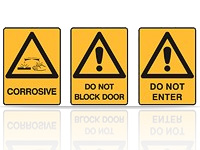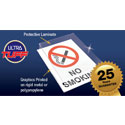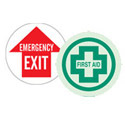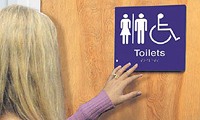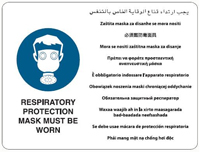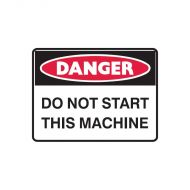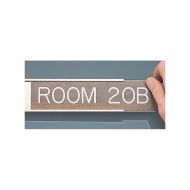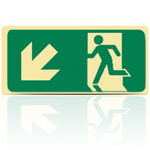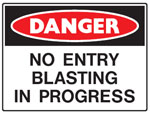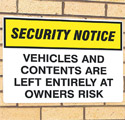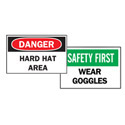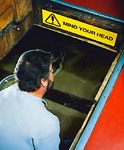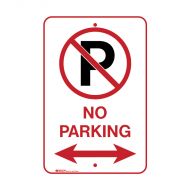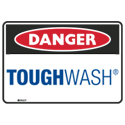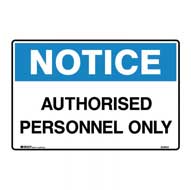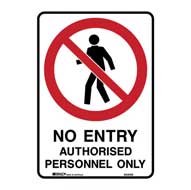Signs Categories
Solid Solutions for Your Facility Signage Needs
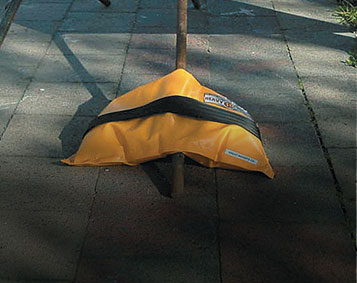
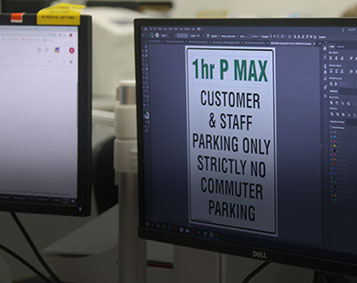
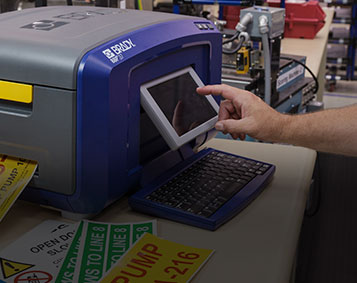
Why Choose a Brady Safety Sign?
Premium Quality
Longer Lasting
Australian Made
Withstands harsh environments
Australian Standards Compliant
AS 1319-199
New Product Development
Customisation
Brady Safety Signs
vs. Competitor Signs
Not only do we pride ourselves on our wide range, but we pride ourselves on our premium quality! See examples on the next image of how a Brady Sign performs against other signs in the market:
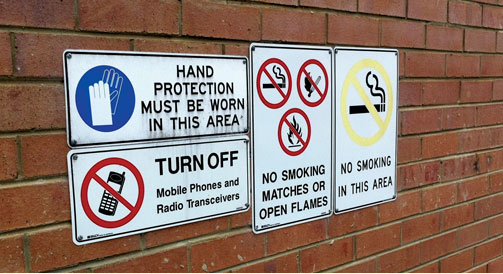
- Articulate and clean, all signs received will have no scratches, specks of paints or scuff marks.
- All our signs are printed with ink that meets the needs for high scratch resistance and outdoor signage display
- Our printed colour is bright, vibrant and consistent.
- Pictograms are designed to meet the International Organisation of Standardisation; detailed and recognisable to communicate hazards and actions without the needs for words.
- Crisp lines, text, and images
- Material is of high quality - polypropylene is UV stabilised, lasting up to 5 years outdoors.
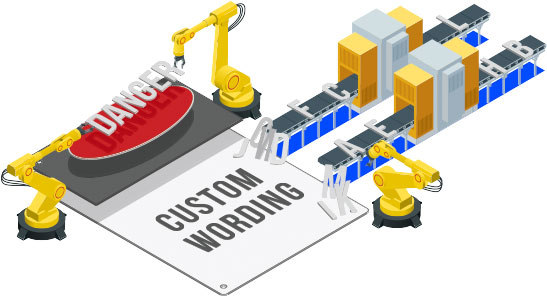
The Importance of Safety Signs Customisation
Safety Signs are crucial in any work environment. The primary importance of displaying Safety Signs is to prevent injury and ensure staff and visitors are well aware of the possible dangers and hazards ahead in certain situations and/or environments. Without signs, many employees would lack the necessary direction in times of crisis, and employers might find themselves in significant legal difficulties if any accidents were to arise as a result.
Understand the Australian Standard
AS 1319-1994 AUSTRALIAN STANDARD: Safety Signs For The Occupational Environment
This standard sets out the requirements for the design and use of safety signs intended for use in the occupational environment. These signs are designed to regulate and control safety related behaviour, to warn of hazards and to provide emergency information including fire protection information
Brady’s Lexicon of Safety Signs Guide
This guide helps you chooese when to use a:
- Danger Sign
- Warning Sign
- Prohobition Sign
- Mandatory Sign
- Emergenct Sign
- Fire Sign
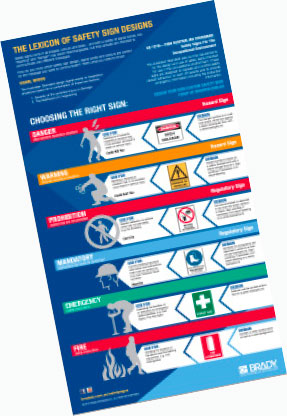
Viewing Distance Guide
Follow this easy four-step guide to ensure your safety signs comply with Australian Standard® AS 1319 – 1994 and help everyone return home safely.
1.CONSIDER THE OVERALL POSITIONING
- Mount your safety sign in a reasonably prominent position, close to the line of sight when standing
- Place your safety sign against a contrasting background
- Ensure stacked materials won’t block the sign under any circumstances.
2.MEASURE THE VIEWING DISTANCE
- The viewing distance is the distance between where the sign will be mounted and where everyone should sight the sign upon entry to the room or site
- To determine the best sign size for your situation, use the Sign Guide below
- Measure the viewing distance and apply it to the pictogram and text size below in Step 4
NOTE: This guide is only applicable to Brady Australia manufactured signs due to the design of the artwork.
3.CONSIDER THE LIGHTING CONDITIONS
- If your sign is unlikely to fall easily into the observer’s line of sight in poor lighting conditions, you must increase the pictogram and text sizes by 50% (see Step 4)
4.SELECT THE RIGHT AND COMPLIANT SIZE SIGNS
- Australian Standard® AS 1319 – 1994 recommends the following minimum sizes when positioning signs prominently in good lighting
- Ensure pictogram size is at least 15mm per metre of viewing distance
- Lowercase text must be 4mm per metre of viewing distance
NOTE: This guide is only applicable to Brady Australia manufactured signs due to the design of the artwork.


Sign Maintenance
Once mounted, chances are you will rarely clean your signs. But to keep them compliant, Australian Standard AS 1319 – 1994 makes it your responsibility to maintain your safety signs, ensuring maximum effectiveness. This means you must keep them clean, well illuminated and in good condition.
Good news – Brady signs are tough, durable and super easy to clean. Simply wipe the surface using a sponge or soft towel with mild detergent and warm water. Then, dry with a clean, dry cloth or chamois. Always use a non-abrasive cleaner, and avoid chemical cleaning products.






